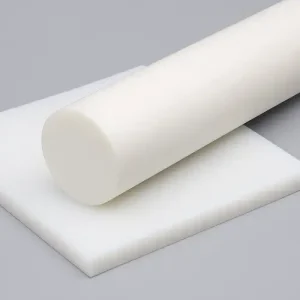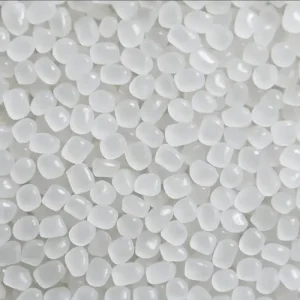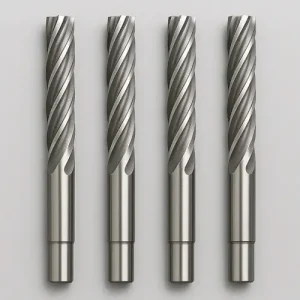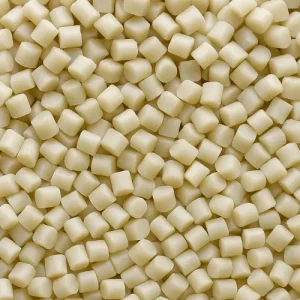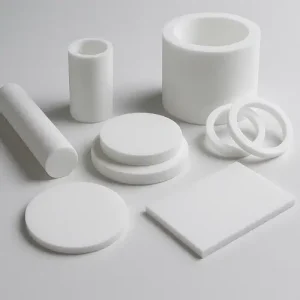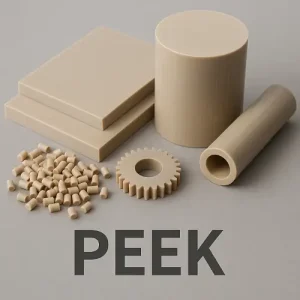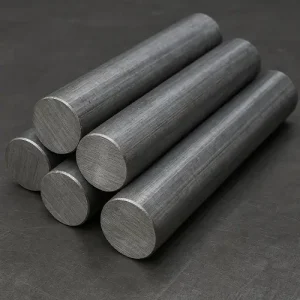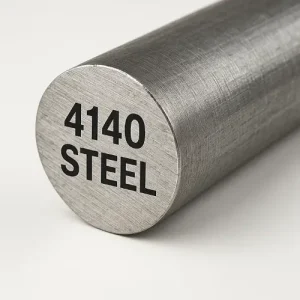What is Ultra High Molecular Weight Polyethylene (UHMWPE)?
Ultra-high molecular weight polyethylene (UHMWPE) is an engineering plastic with extremely high molecular weight, usually between 2 million and 6 million. Due to its special molecular structure, UHMWPE has excellent wear resistance, low coefficient of friction, high impact resistance and excellent chemical stability, and is widely used in many demanding industrial fields. With the continuous …

